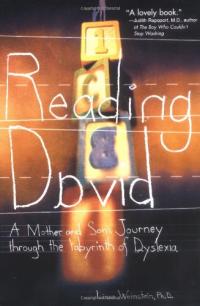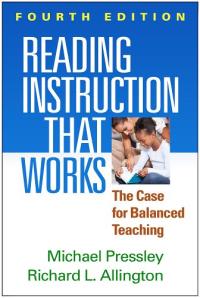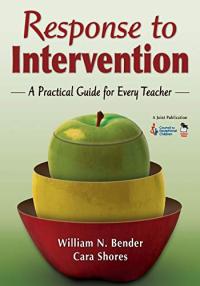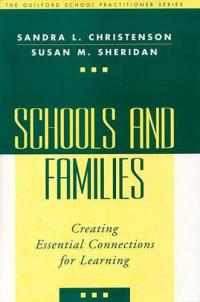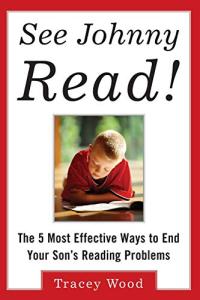
Reach for the Moon
Samantha Abeel is learning disabled and gifted. She does not understand mathematical concepts, but she is an extremely talented writer. Samantha was on the edge of despair when a caring English teacher who recognized her hidden talents intervened, offering Samantha an opportunity to describe in words the hauntingly beautiful paintings of artist Charles R. Murphy.
